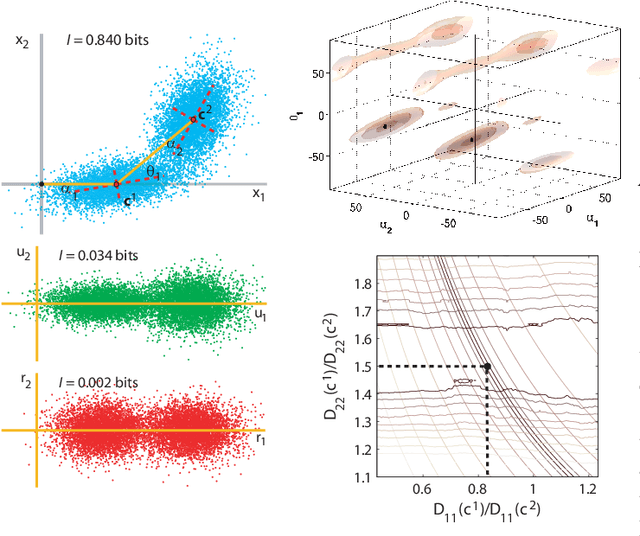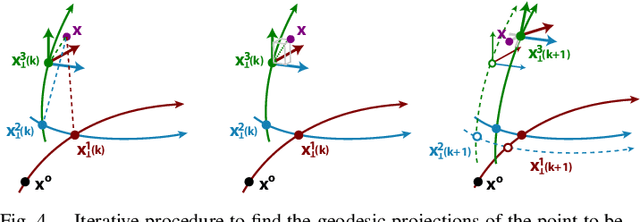Sequential Principal Curves Analysis
Paper and Code
Jun 02, 2016



This work includes all the technical details of the Sequential Principal Curves Analysis (SPCA) in a single document. SPCA is an unsupervised nonlinear and invertible feature extraction technique. The identified curvilinear features can be interpreted as a set of nonlinear sensors: the response of each sensor is the projection onto the corresponding feature. Moreover, it can be easily tuned for different optimization criteria; e.g. infomax, error minimization, decorrelation; by choosing the right way to measure distances along each curvilinear feature. Even though proposed in [Laparra et al. Neural Comp. 12] and shown to work in multiple modalities in [Laparra and Malo Frontiers Hum. Neuro. 15], the SPCA framework has its original roots in the nonlinear ICA algorithm in [Malo and Gutierrez Network 06]. Later on, the SPCA philosophy for nonlinear generalization of PCA originated substantially faster alternatives at the cost of introducing different constraints in the model. Namely, the Principal Polynomial Analysis (PPA) [Laparra et al. IJNS 14], and the Dimensionality Reduction via Regression (DRR) [Laparra et al. IEEE TGRS 15]. This report illustrates the reasons why we developed such family and is the appropriate technical companion for the missing details in [Laparra et al., NeCo 12, Laparra and Malo, Front.Hum.Neuro. 15]. See also the data, code and examples in the dedicated sites http://isp.uv.es/spca.html and http://isp.uv.es/after effects.html
 Add to Chrome
Add to Chrome Add to Firefox
Add to Firefox Add to Edge
Add to Edge